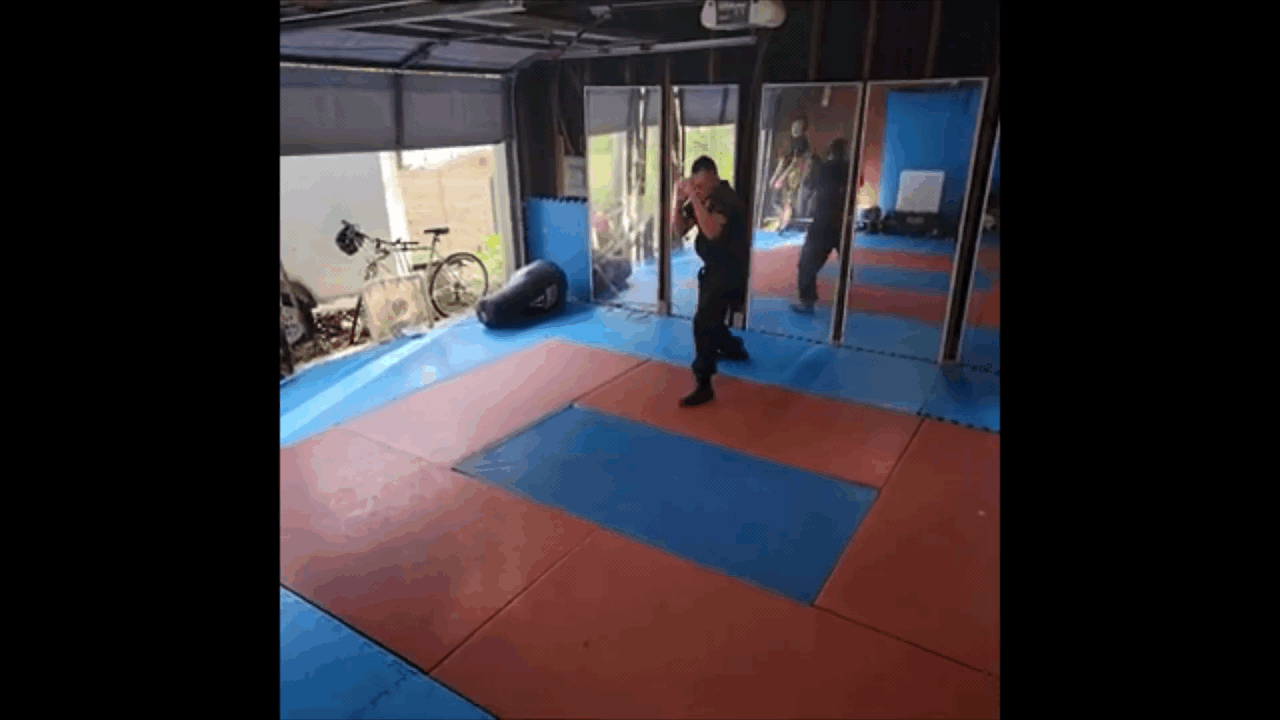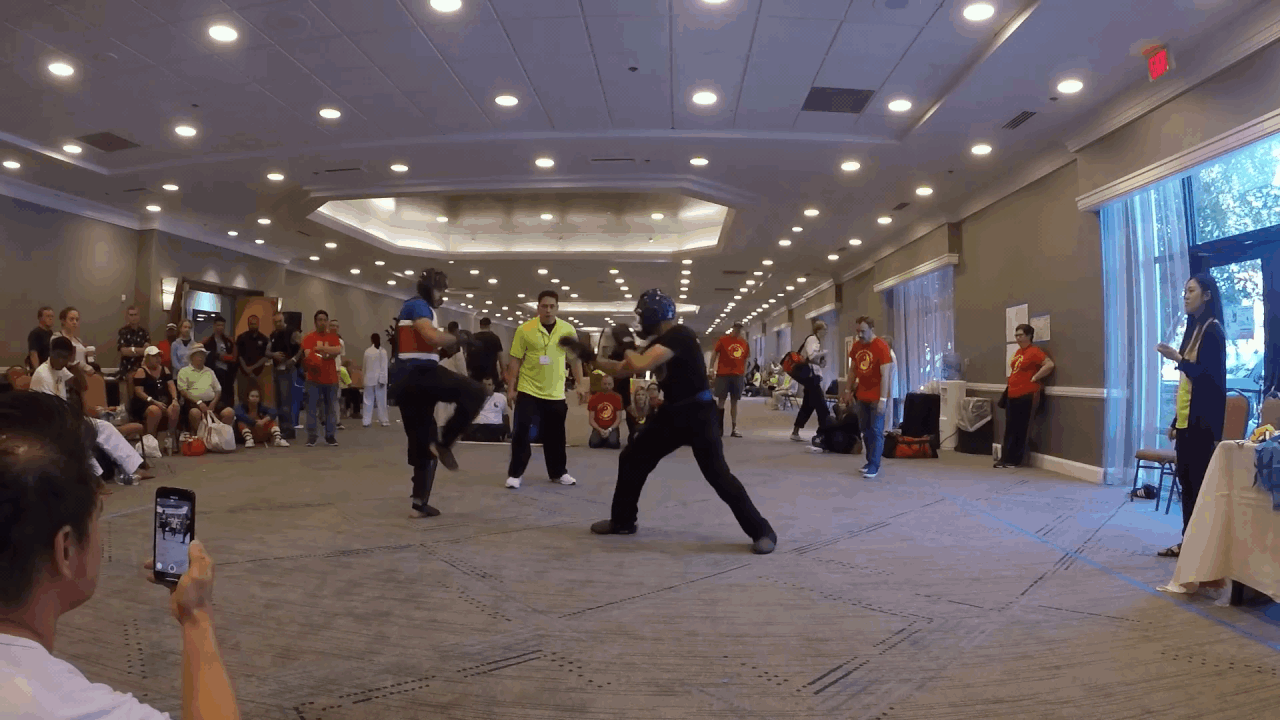skribs
Grandmaster
I'm curious to see how others organize striking in their system. This is a two-part question:
In my experience, it's very easy to build a curriculum progression for kicks, in that more advanced kicks tend to have prerequisites. Basic body kicks precede spinning kicks, jumping kicks, and head kicks, which precede jump spinning kicks and spinning head kicks, which precede jump spinning head kicks. But hand techniques, elbows, and knee strikes largely don't have prerequisites. I'm curious how others place them in the curriculum.
- How are strikes categorized and sub-categorized in your system? (i.e. straight vs. looping punches, body vs. head, etc.).
- What are the milestones in which students learn new categories or concepts, and which ones are introduced at each level?
In my experience, it's very easy to build a curriculum progression for kicks, in that more advanced kicks tend to have prerequisites. Basic body kicks precede spinning kicks, jumping kicks, and head kicks, which precede jump spinning kicks and spinning head kicks, which precede jump spinning head kicks. But hand techniques, elbows, and knee strikes largely don't have prerequisites. I'm curious how others place them in the curriculum.


